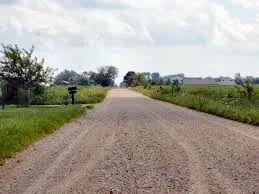Iowa’s rural bridges and roads cost taxpayers, lives, and farmers’ bottom line, according to a new report from TRIP, a national transportation research group.
The group studied rural roads and infrastructure across the country to identify areas that struggle to keep products moving and the effect of poor rural roads on local communities. In Iowa, the effect is substantial.
Veronica Nigh with the American Farm Bureau Federation said farmers take a hit when rural roads are in bad shape.
“Economic growth in rural areas is heavily reliant on the ability for us to move our raw materials into or out of rural areas,” said Nigh. “Poor transportation, therefore, causes farmers to pay more for seeds and fertilizers, which increases their cost of production. On the flip side, the lack of access to quality transportation options decreases the prices farmers receive for their crops.”
TRIP’s researcher Rocky Moretti outlined that damaged and under-funded rural roads also cause fatalities.
“Nearly half of traffic fatalities occur on rural non-interstate roads, yet they’re only carrying only a quarter of travel across the country,” said Moretti. “The features on the rural roads contribute to these fatalities, such as sharp curves and lane drop-offs.”
Moretti and Nigh emphasized the need for Congress to pass a long-term transportation funding plan for rural roads construction, instead of short-term funding plans that have been coming through in the past few years.









